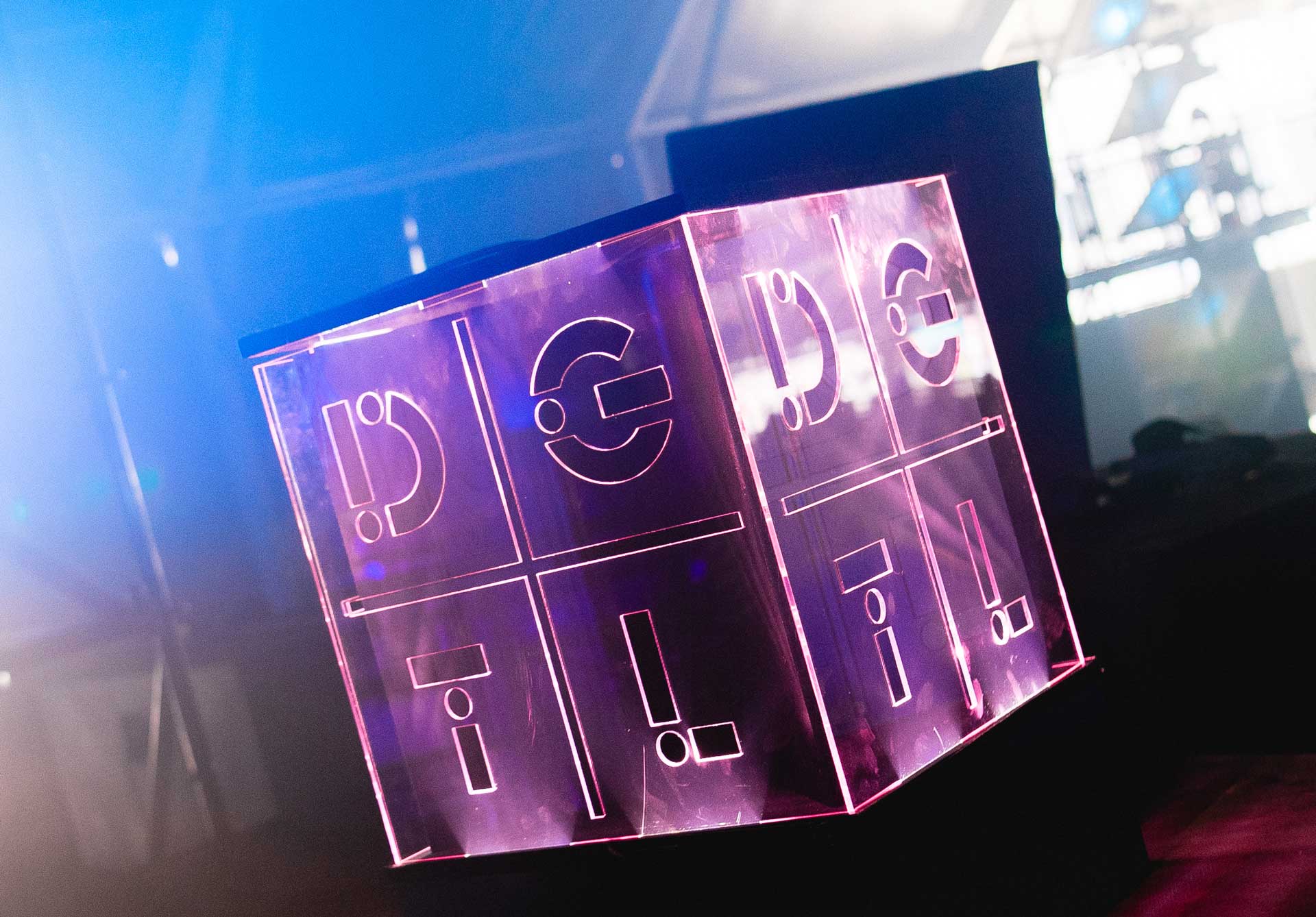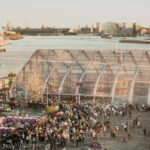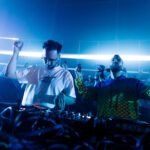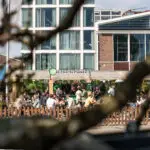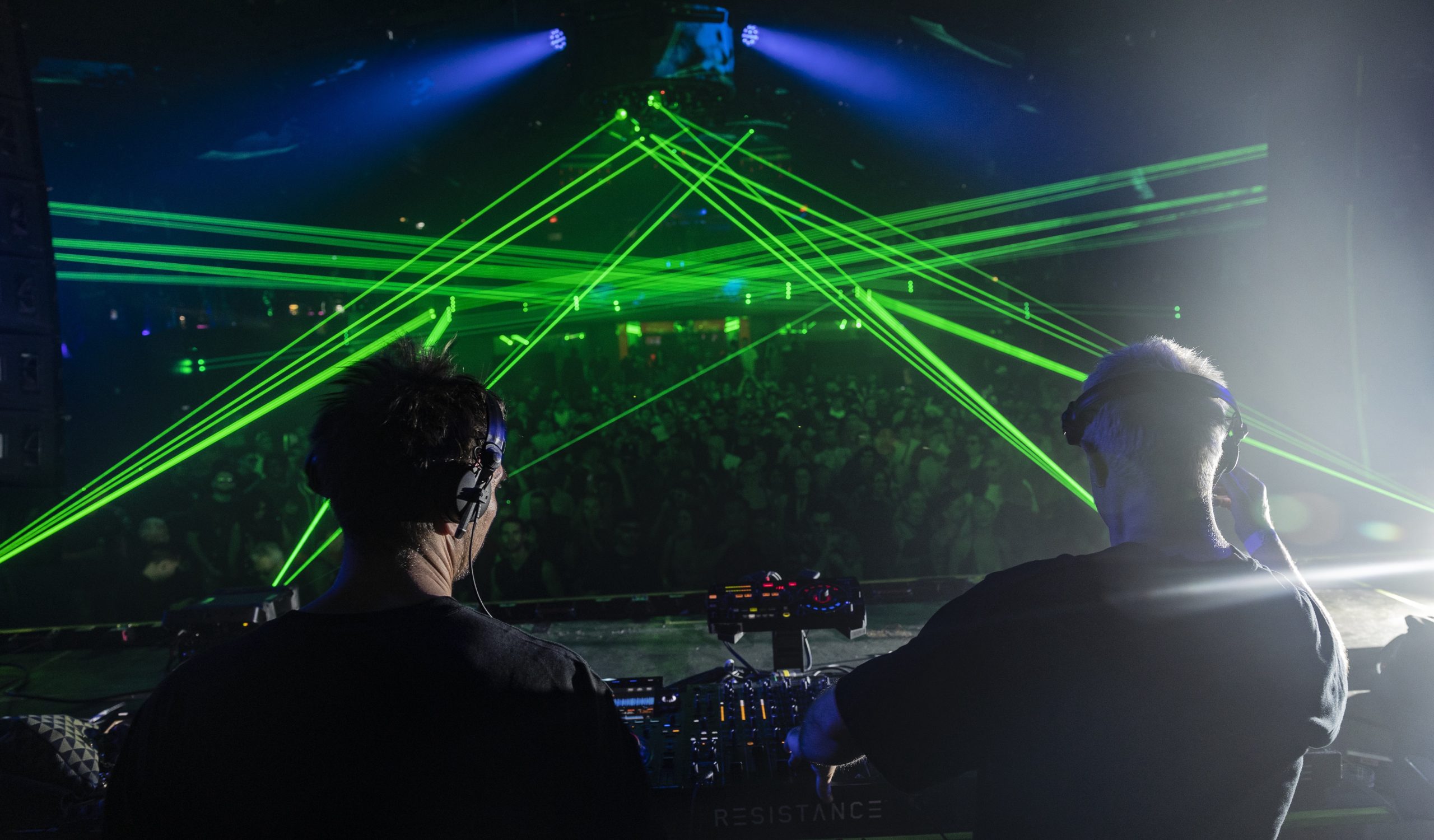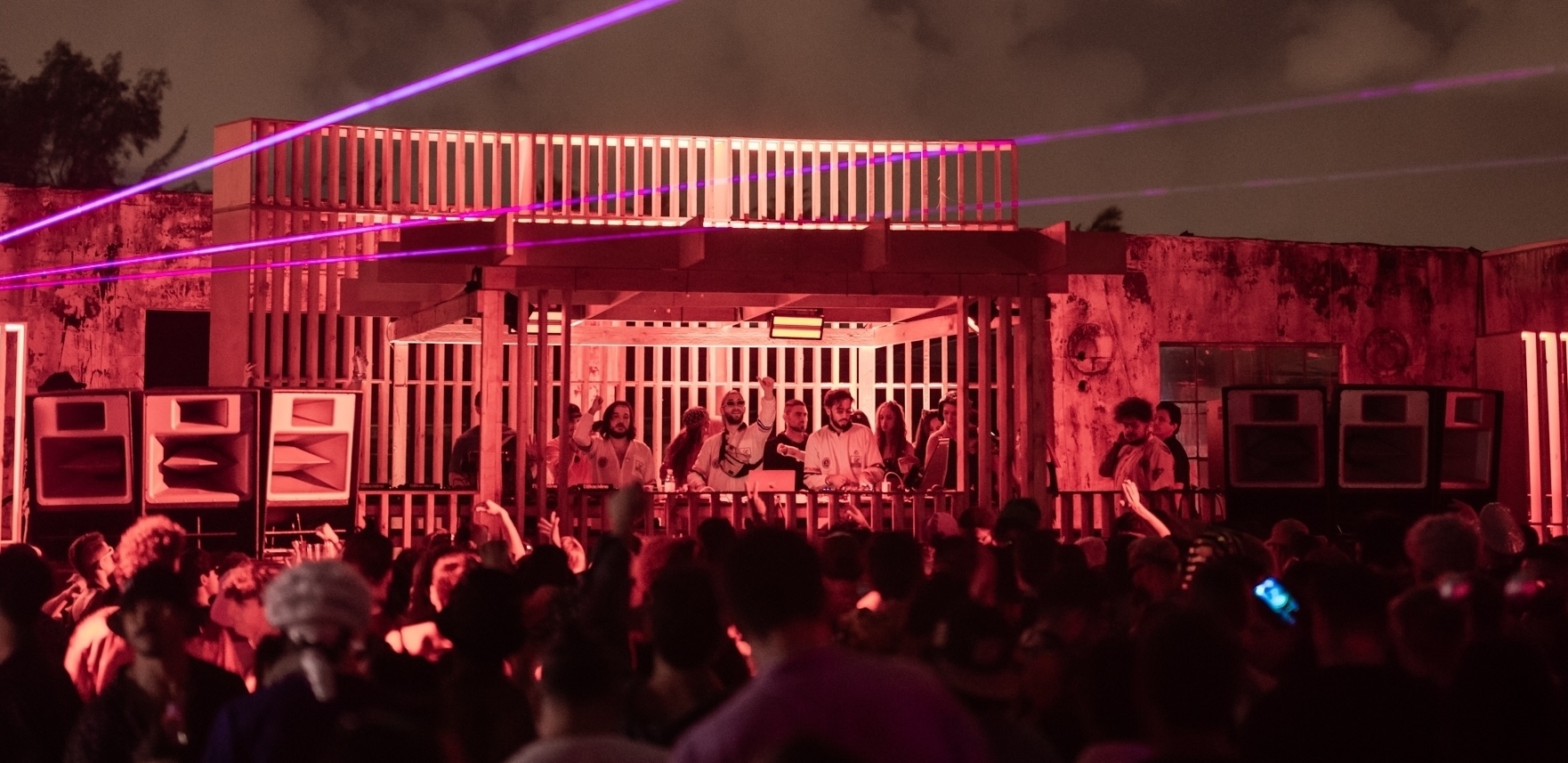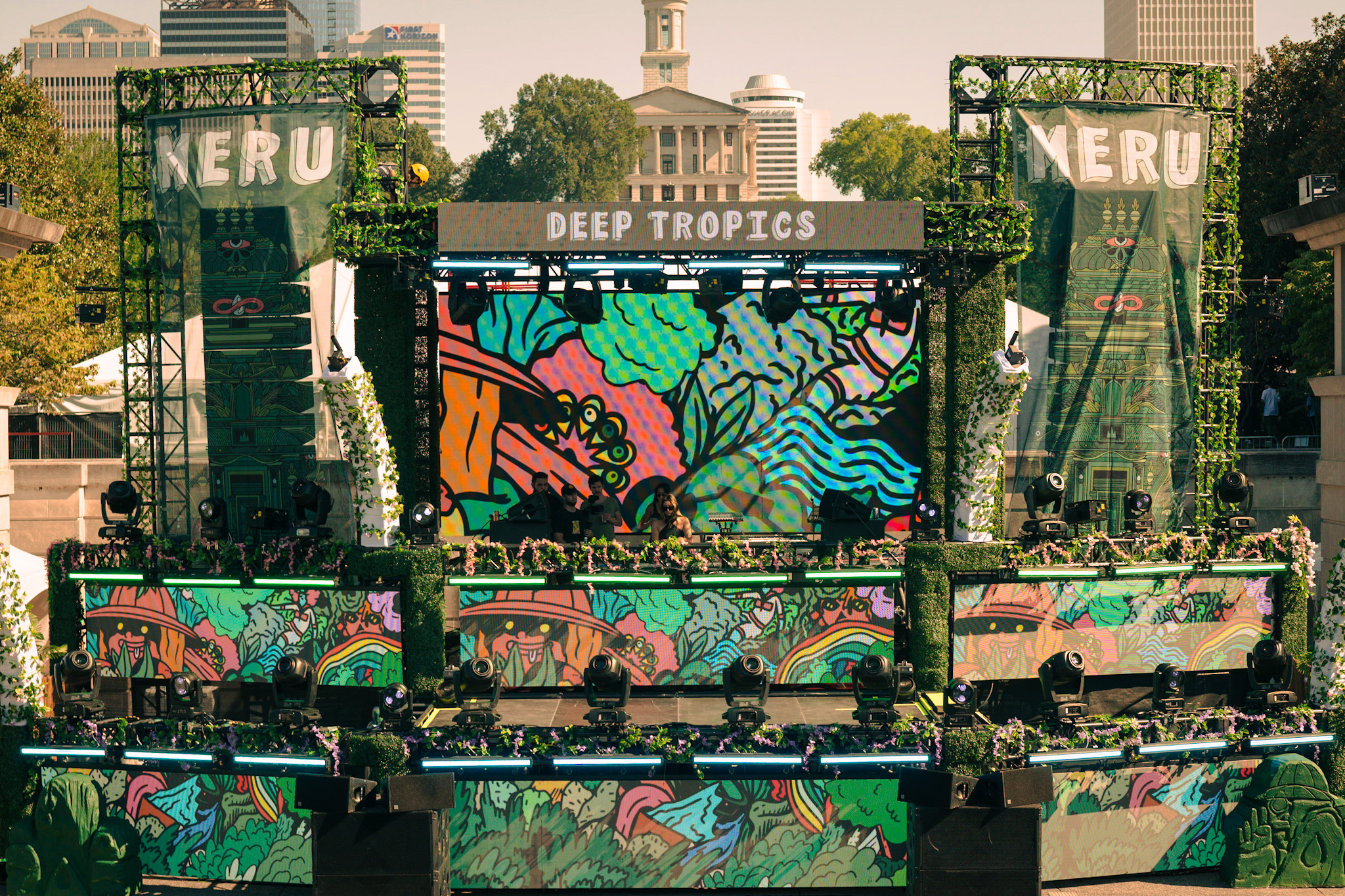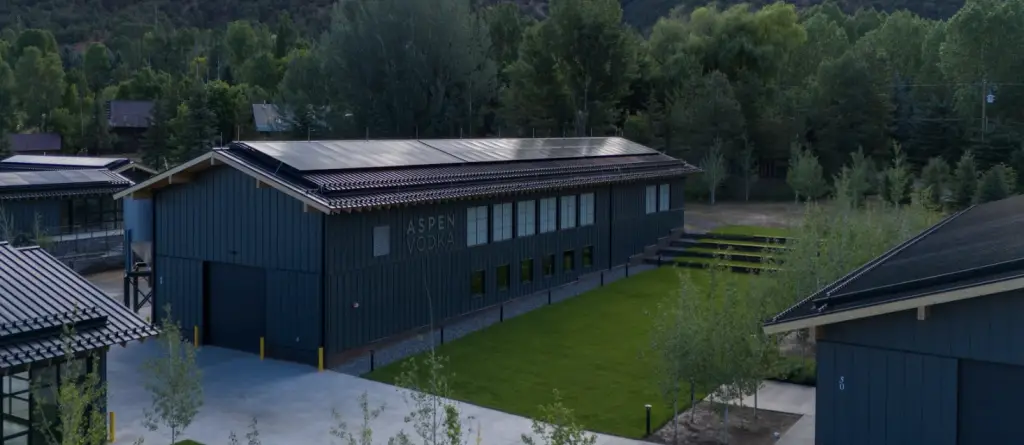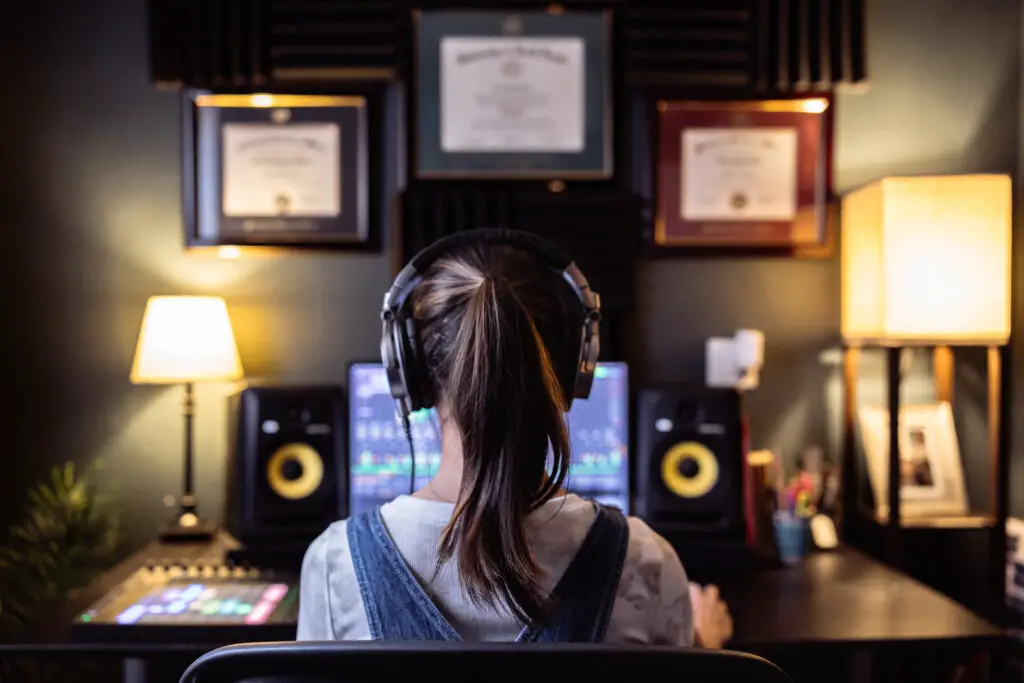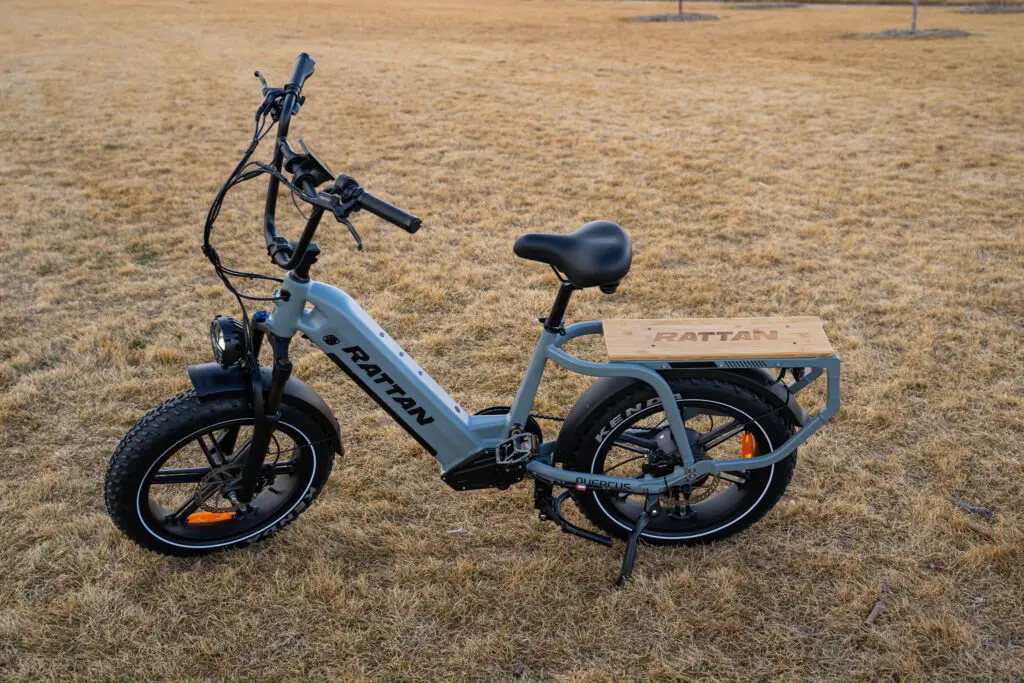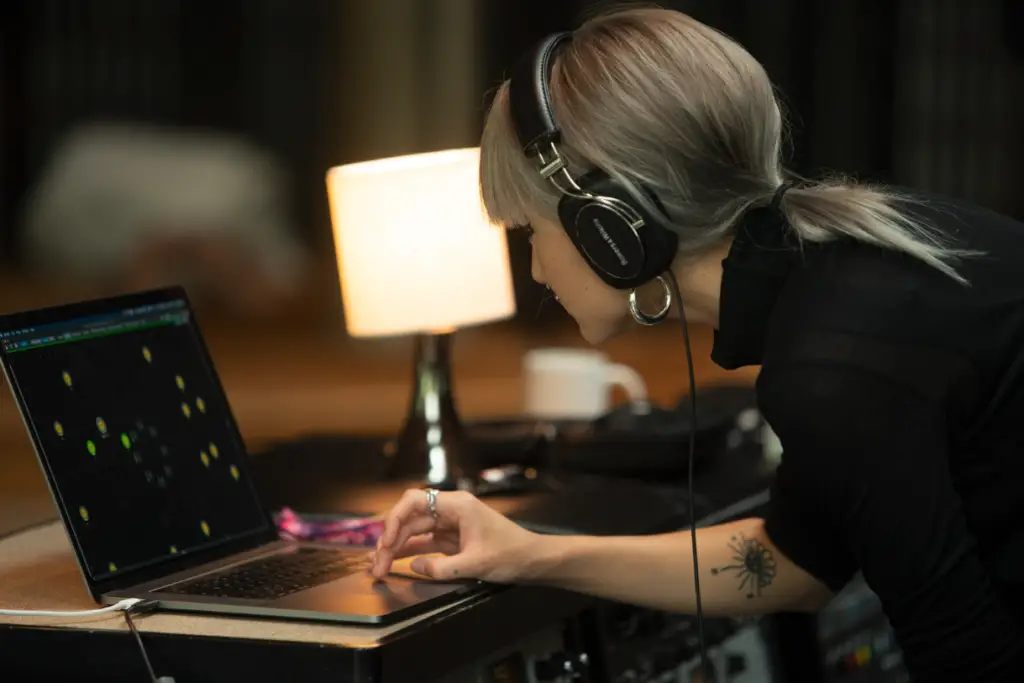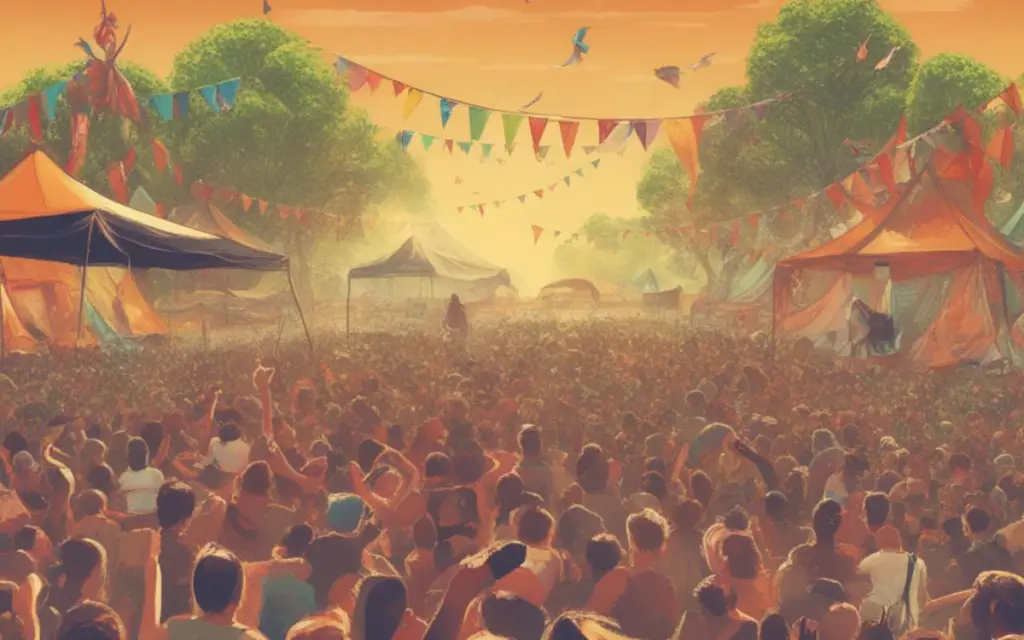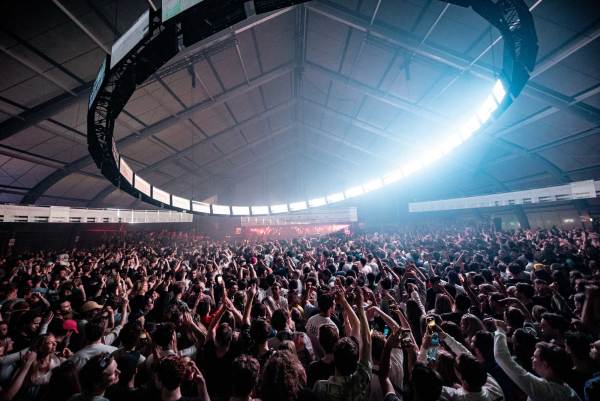
DGTL festival in Amsterdam has become the world’s most sustainable electronic music festival and created a blueprint for circularity that we can only hope inspires other festivals to follow their path.
The techno festival took place over the weekend of April 16-18th creating new standards of sustainability in the dance music festival space. Their emphasis on sustainability marks a radical shift in how large-scale festivals can approach sustainability as they have become the world’s first “circular” festival.
When I first found out about this I have to say I was a bit surprised. I wasn’t expecting a Techno festival to be the leader in sustainability. It was nice to see sustainability exchange the green uniform for a weekend of all-black and booming beats.
Some of the featured acts this year were Artbat, Colyn, AME & Dixon, Monolink (live), Paul Kalkbrenner, and Marcel Dettman to name a few.
DGTL Festival is paving the way for a more sustainable future for electronic music events and festivals. They hope to not only inspire other events, but they share a framework that can also be applied to cities, essentially reshaping the future of the way we live.
What is Circularity and what does this mean for the future of electronic music festivals?
To understand circularity we must first look at the other end of the spectrum. Most products and resources have a linear lifespan.
That means they are created and eventually discarded or destroyed on a single path. Think single-use plastic bottles, they are made, filled, used, and discarded.
Circularity is changing this to take products and resources and keep them in use without causing damage to the environment. Nature is a great example of circularity where there is no waste, when plants die and decay they become nutrients for the next cycle.
So how did DGTL take the step beyond sustainability and into the world of circularity? Let’s take a virtual walk through the festival and see what makes this the most sustainable festival in the world.
The DGTL Framework
DGTL eliminated the problem of waste in this year’s edition of the festival. They effectively reduced the amount of waste per person down to 93 grams in 2019 and this year they reduced it to 0. The festival featured recycling stations and a Hard Cup program that eliminated the plastic waste from the site.
This is a great program that I hope more events follow. We all know how ugly it is with plastic cups all over the dancefloor.
This year the festival produced more energy than it needed to operate. You heard that right.
Using solar panels and tapping into a grid of sustainably sourced energy the festival eliminated the need for diesel generators that so many festivals rely on heavily. This transition completely eliminated the need for fossil fuels throughout the weekend festival.
Instead of sucking those generators dry and leaving, they installed solar panels at the site to generate energy year round.
Visitors coming to the festival, production bringing in and setting up equipment, and artists traveling from around the world usually make for a large carbon footprint at any event. DGTL closely managed every detail to ensure emissions were reduced as much as possible.
They encouraged visitors to walk or bike to the festival and even went so far as to eliminate onsite parking. That’s pretty bold. They made up for it with a party ferry that made it possible to arrive in style
Even the production crew got involved. The setup utilized low and zero-emission machinery and the crew were encouraged to bike or carpool.
What about artists?
They considered this too. They highlighted more local artists to keep travel short. International artists were still on the bill, so DGTL went a step above and beyond by replacing all fossil fuels with Sustainable Aviation Fuel (SAF). Those artists stayed in Circular hotels and got to the festival via zero-emission electric vehicles.
DGTL even makes you feel like you are making a difference when using the bathroom, how cool is that?
By taking a revolutionary and space-aged approach to sanitation, DGTL has greatly reduced water waste. They worked directly with researchers, toilet suppliers, and processors to develop a method of circular sanitation.
With mostly dry toilets on-site they reduced the need for flushable water. For the few flushing toilets, they used water from a nearby river. They extract nutrients from all the waste… yes they went there, and are turning waste into compost.
This is a huge step for a festival of this size. DGTL went fully vegetarian in 2016 and this year’s event took the next step on the sustainability path by offering a fully plant-based menu on-site. A plant-based menu greatly reduces the carbon footprint and the impact on the environment. They also locally sourced the food and produce to reduce emissions.
The food court also eliminated waste with reusable tableware and had a composting station for food scraps. Imagine a clean food court without all the plastic and overflowing garbage, that’s something we can all hope spreads around.
I personally feel re-energized after writing this and hope this tour helps to recharge your batteries a little as well. It’s great to see a festival of this size take considerable steps forward to inspire the rest of the festival circuit.
We can only hope this article and the steps that they are taking reach those in the decision-making positions at other events. In the meantime let’s all celebrate a little that there seems to be a bright future for us all thanks to the wonderful folks over at DGTL Amsterdam.
